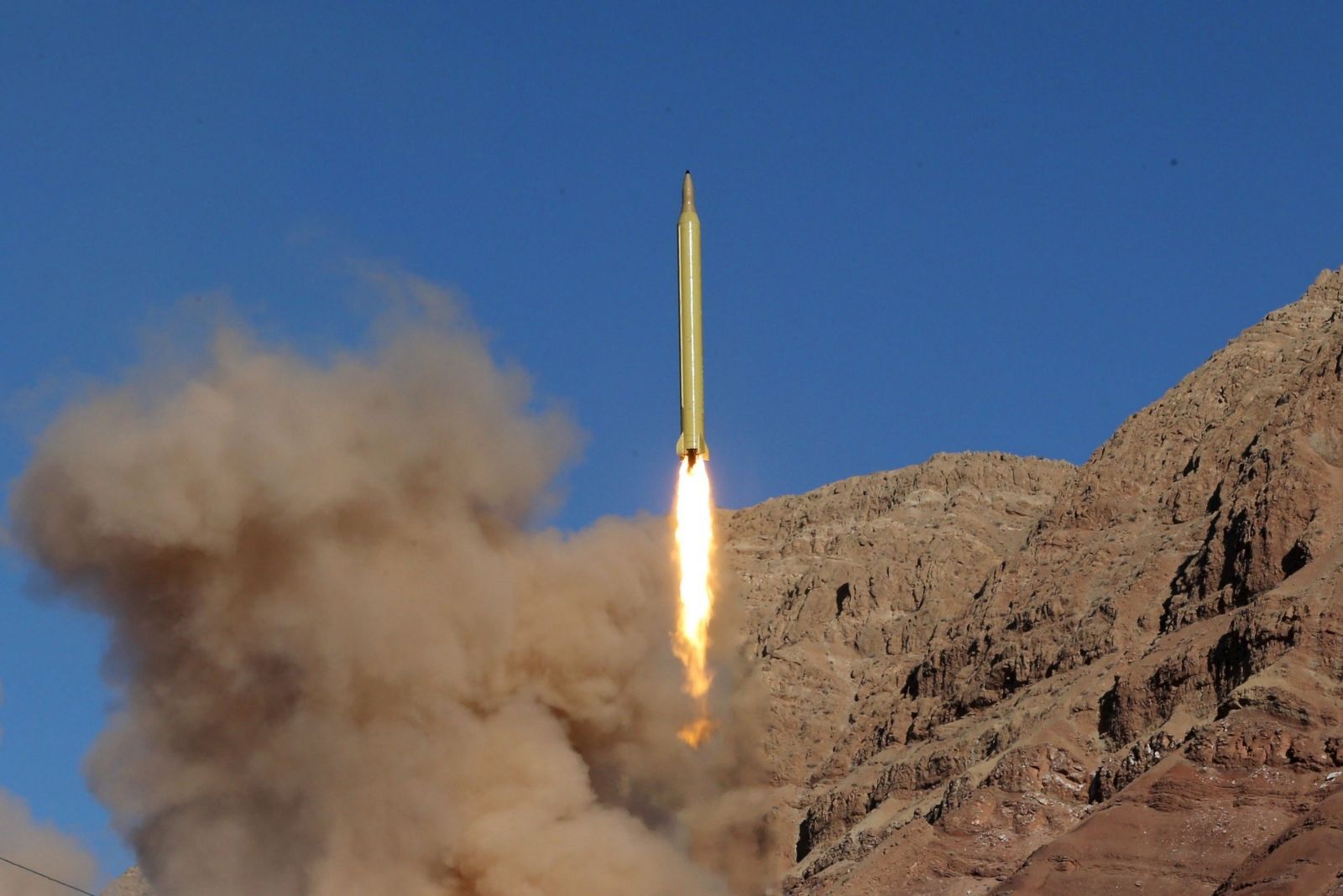,
Athens GA: A new study of worldwide technological competitiveness suggests China may soon rival the United States as the principal driver of the world's economy – a position the U.S. has held since the end of World War II. If that happens, it will mark the first time in nearly a century that two nations have competed for leadership as equals.
The study's indicators predict that China will soon pass the United States in the critical ability to develop basic science and technology, turn those developments into products and services – and then market them to the world. Though China is often seen as just a low-cost producer of manufactured goods, the new “High Tech Indicators” study done by researchers at the Georgia Institute of Technology clearly shows that the Asian powerhouse has much bigger aspirations.
“For the first time in nearly a century, we see leadership in basic research and the economic ability to pursue the benefits of that research – to create and market products based on research – in more than one place on the planet,” said Nils Newman, co-author of the National Science Foundation-supported study. “Since World War II, the United States has been the main driver of the global economy. Now we have a situation in which technology products are going to be appearing in the marketplace that were not developed or commercialized here. We won't have had any involvement with them and may not even know they are coming.”
Georgia Tech has been gathering the high tech indicators since the mid-1980s, when the concern was which country would be the “next Japan” as a competitive producer and exporter of technology products. The current “HTI-2007” information was gathered for use in the NSF's biennial report, “Science and Engineering Indicators,” the most recent of which was released January 15.
Georgia Tech's “High Tech Indicators” study ranks 33 nations relative to one another on “technological standing,” an output factor that indicates each nation's recent success in exporting high technology products. Four major input factors help build future technological standing: national orientation toward technological competitiveness, socioeconomic infrastructure, technological infrastructure and productive capacity. Each of the indicators is based on a combination of statistical data and expert opinions.
A chart showing change in the technological standing of the 33 nations is dominated by one feature – a long and continuous upward line that shows China moving from “in the weeds” to world technological leadership over the past 15 years.
The 2007 statistics show China with a technological standing of 82.8, compared to 76.1 for the United States, 66.8 for Germany and 66.0 for Japan. Just 11 years ago, China's score was only 22.5. The United States peaked in 1999 with a score of 95.4.
“China has really changed the world economic landscape in technology,” said Alan Porter, another study co-author and co-director of the Georgia Tech Technology Policy and Assessment Center, which conducted the research. “When you take China's low-cost manufacturing and focus on technology, then combine them with the increasing emphasis on research and development, the result ultimately won't leave much room for other countries.”
The United States and Japan have both fallen in relative technological standing – though not absolute measures – because of the dramatic rise of China and other nations such as the “Asian Tigers:” South Korea, Singapore and Taiwan. Japan has faltered a bit over time, and if the increasingly-integrated European Union were considered one entity instead of 27 separate countries, it would surpass the United States.
“We are seeing consistent gains for China across all the criteria we measure,” Newman said. “As a percentage mover relative to everyone else, we have not seen a stumble for China. The gains have been dramatic, and there is no real sense that any kind of leveling off is occurring.”
Most industrialized countries reach a kind of equilibrium in the study, moving up slightly in one data set, or down slightly in another. But the study shows no interruptions in China's advance.
Recent statistics for the value of technology products exported – a key component of technological standing – put China behind the United States by the amount of “a rounding error:” about $100 million. If that trend continues, Newman noted, China will shortly pass the United States in that measure of technological leadership.
China's emphasis on training scientists and engineers – who conduct the research needed to maintain technological competitiveness – suggests it will continue to grow its ability to innovate. In the United States, the training of scientists and engineers has lagged, and post-9/11 immigration barriers have kept out international scholars who could help fill the gap.
“For scientists and engineers, China now has less than half as many as we do, but they have a lot of growing room,” noted Newman. “It would be difficult for the United States to get much better in this area, and it would be very easy for us to get worse. It would be very easy for the Chinese to get better because they have more room to maneuver.”
China is becoming a leader in research and development, Porter noted. For instance, China now leads the world in publications on nanotechnology, though U.S. papers still receive more citations.
On the input indicators calculated for 2007, China lags behind the United States. In “national orientation,” China won a score of 62.6, compared to 78.0 for the United States. In “socioeconomic infrastructure,” China rated 61.2, compared to 87.9 for the United States. In the other two factors, China also was behind the U.S., 60.0 versus 95.5 for “technological infrastructure” and 85.2 versus 93.4 for “productive capacity.”
China has been dramatically improving its input scores, which portends even stronger technological competitiveness in the future.
“It's like being 40 years old and playing basketball against a competitor who's only 12 years old – but is already at your height,” Newman said. “You are a little better right now and have more experience, but you're not going to squeeze much more performance out. The future clearly doesn't look good for the United States.”
Georgia Institute of Technology Research News









